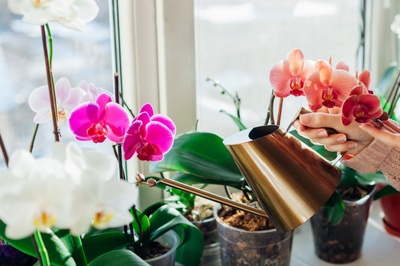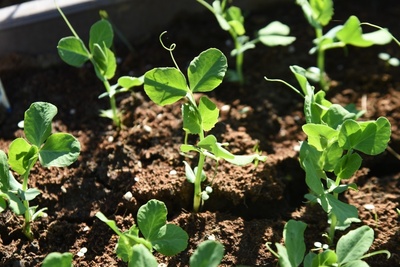 Ferns are easy to look after, purify the air and provide good humidity. Additionally, they come in many different shapes. So why not welcome one or a few into your home?
Ferns are easy to look after, purify the air and provide good humidity. Additionally, they come in many different shapes. So why not welcome one or a few into your home?
Fossil plants
Ferns are a group of vascular plants and definitely amongst the oldest plants of the world: fossil remains from the middle of the Devonian period – more than 400 million years ago – have been found. Nowadays, thousands of different species are known. Whilst ferns can be found all over the world where there is some rain, they are especially present in rainforests, as one the most important requirement for ferns to live -moisture- is present here. In nature, ferns generally grow as epiphytes: on other trees and plants.
Looking after Ferns
Like any other plant, Ferns have needs but are quite easy to take care of. A fern is a slow grower for which repotting is not necessary, though possible. Here are the most important things to keep in mind when it comes to keeping ferns alive and healthy:
- Ferns do well in light spaces, though not in full sun.
- They love places with high humidity, making them excellent kitchen or bathroom plants.
- If the fern is placed in a rather dry area instead, make sure that it is vaporised regularly.
- The soil must always be moist, don’t water them into but onto the soil. Spray the fern regularly to maintain its fresh look.
- During the growing season, ferns could use plant food every 3 to 4 weeks.
- Yellow leaves are often a sign of the plant receiving too much light. Brown spots or edges often means it is receiving too much water.
- You don’t have to prune ferns, though old and yellow leaves can be removed.
How to display ferns?
Fern leaves can grow up to 1 metre long and ferns are therefore ideal hanging plants, as you give the leaves all the space they need. As long as you keep in mind that the leaves need some space, they also do well standing. Considering ferns having different forms and sizes, you can display various species together for a bushy and playful effect. This can be done standing either next to each other on the windowsill, or you could work in layers with wall shelves, for example. When hanging them up, you can reach the same lively effect by attaching the ferns on a variety of heights. Another way of displaying them is to place multiple ferns in identical jars – as if it were a laboratory display.
Don’t hesitate to ask our staff for more inspiration when visiting our garden centre!




